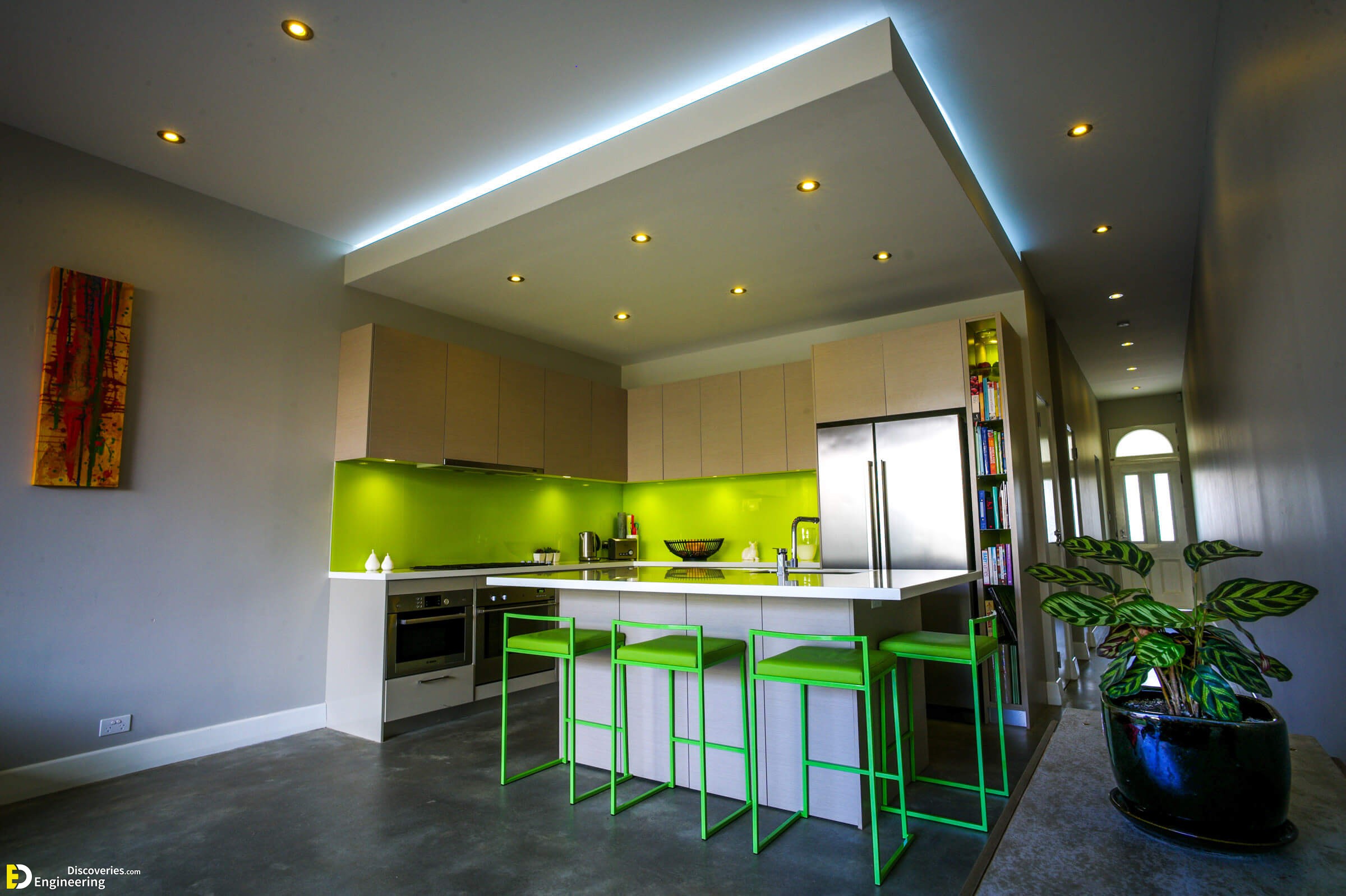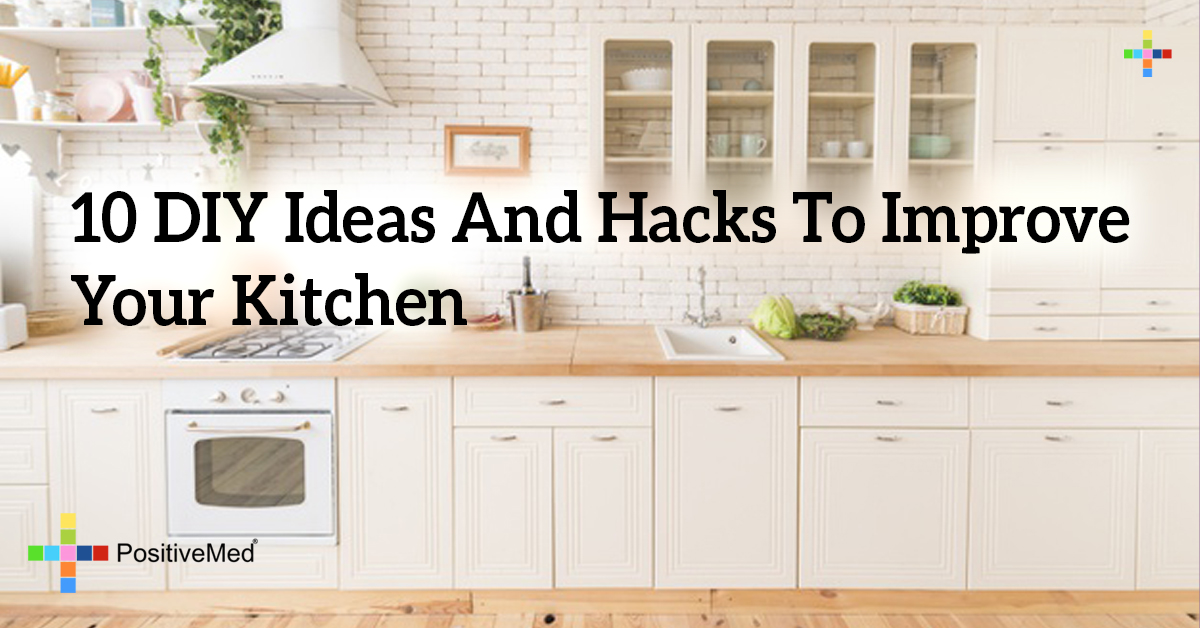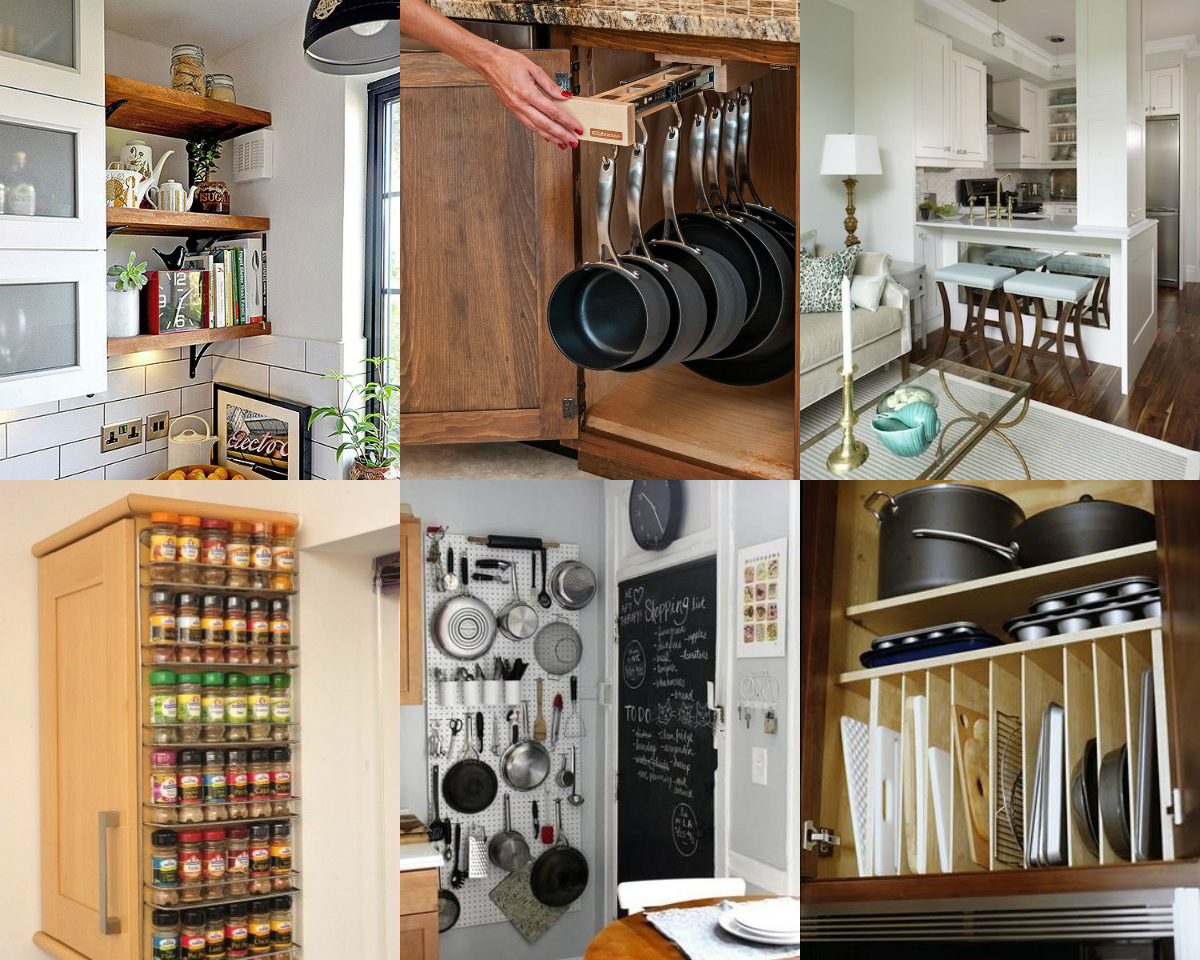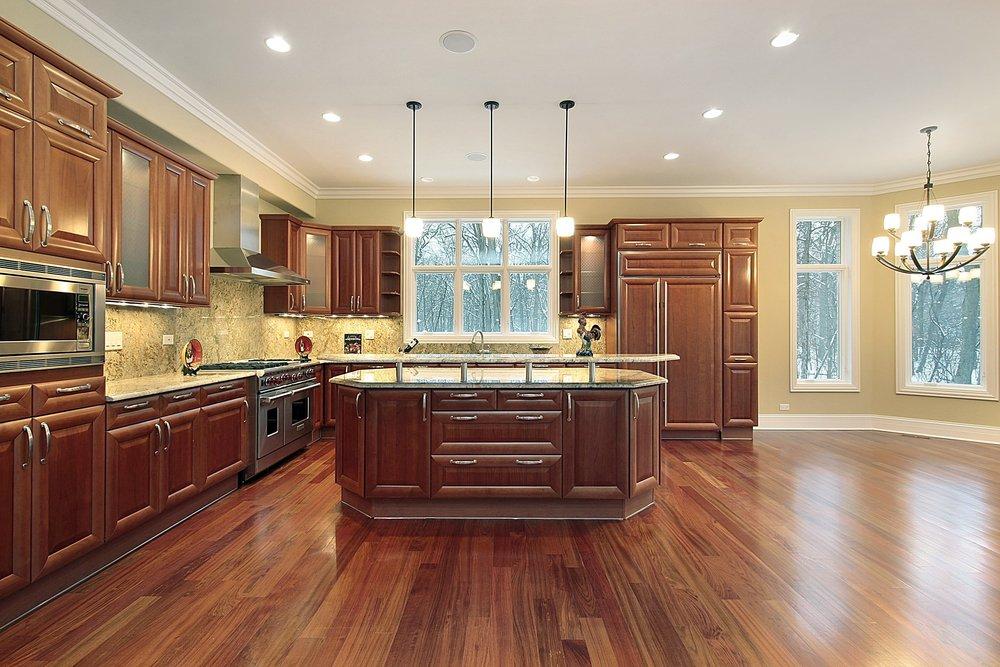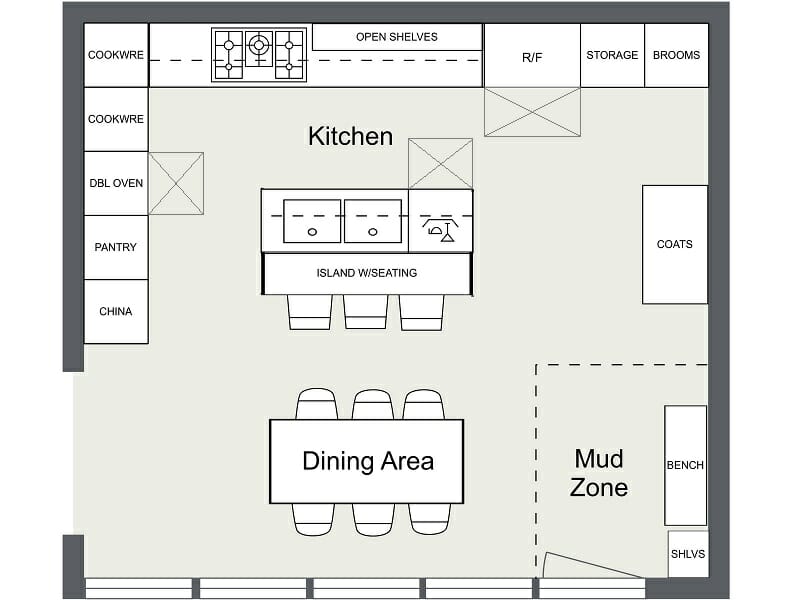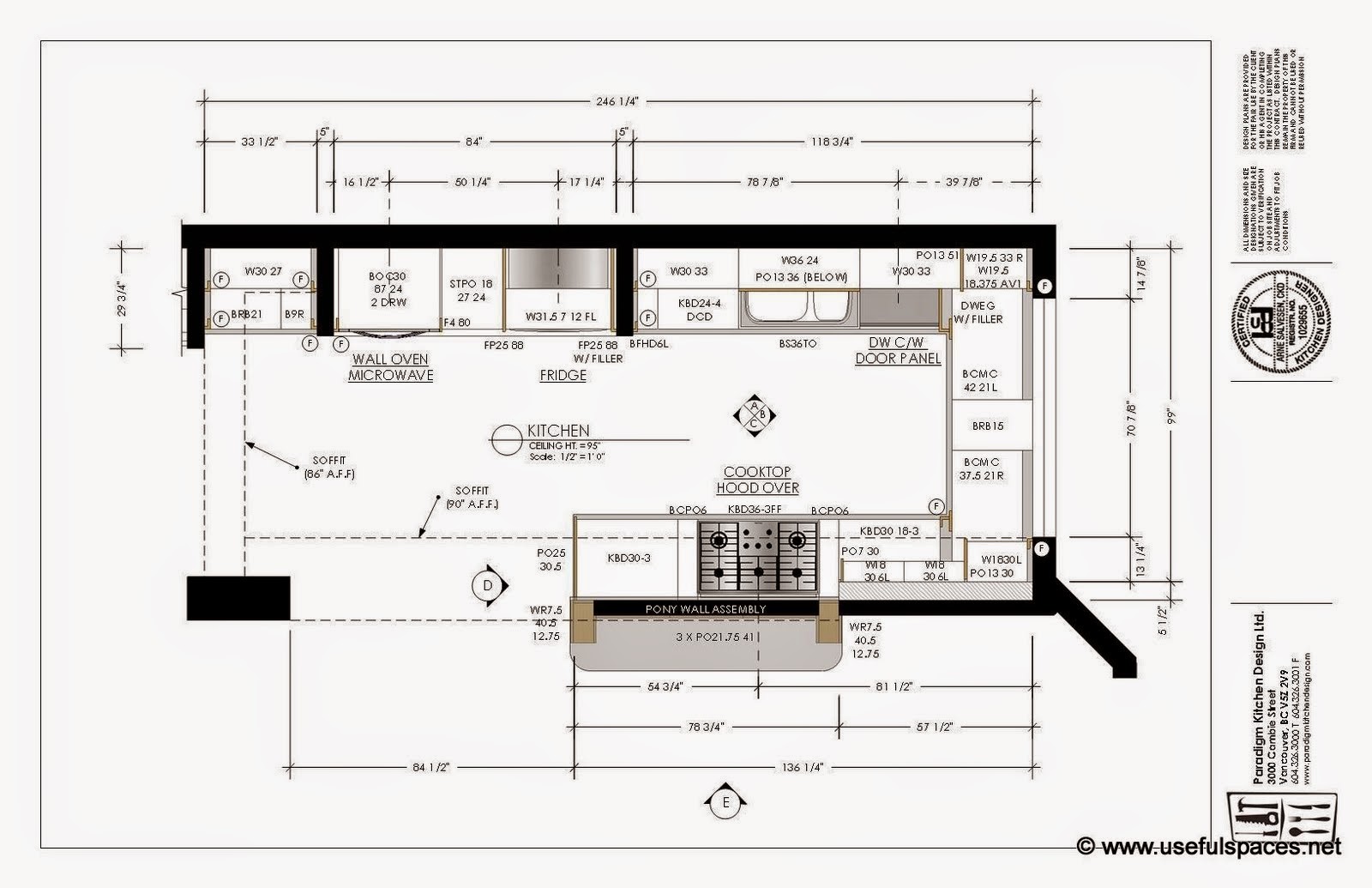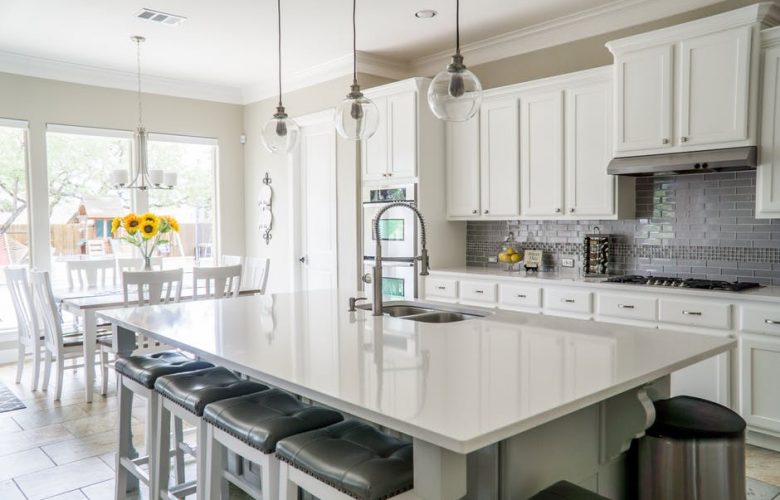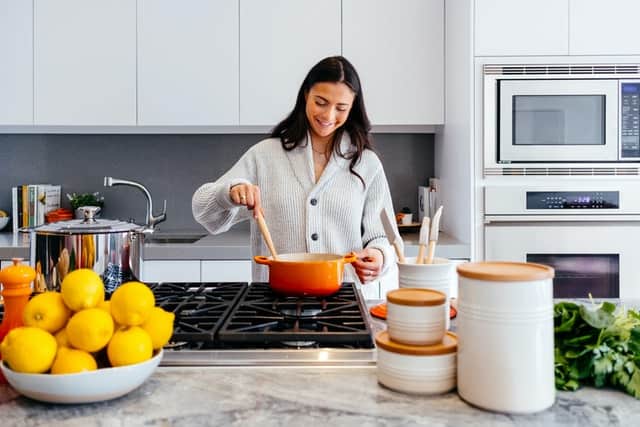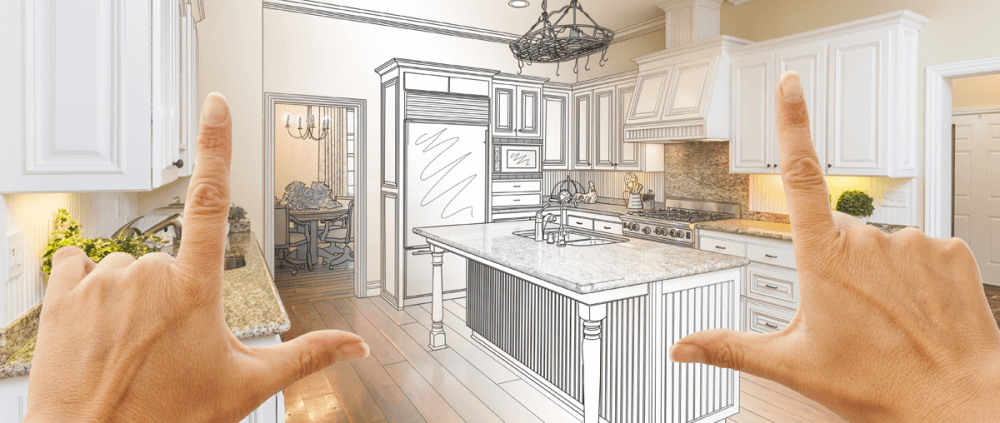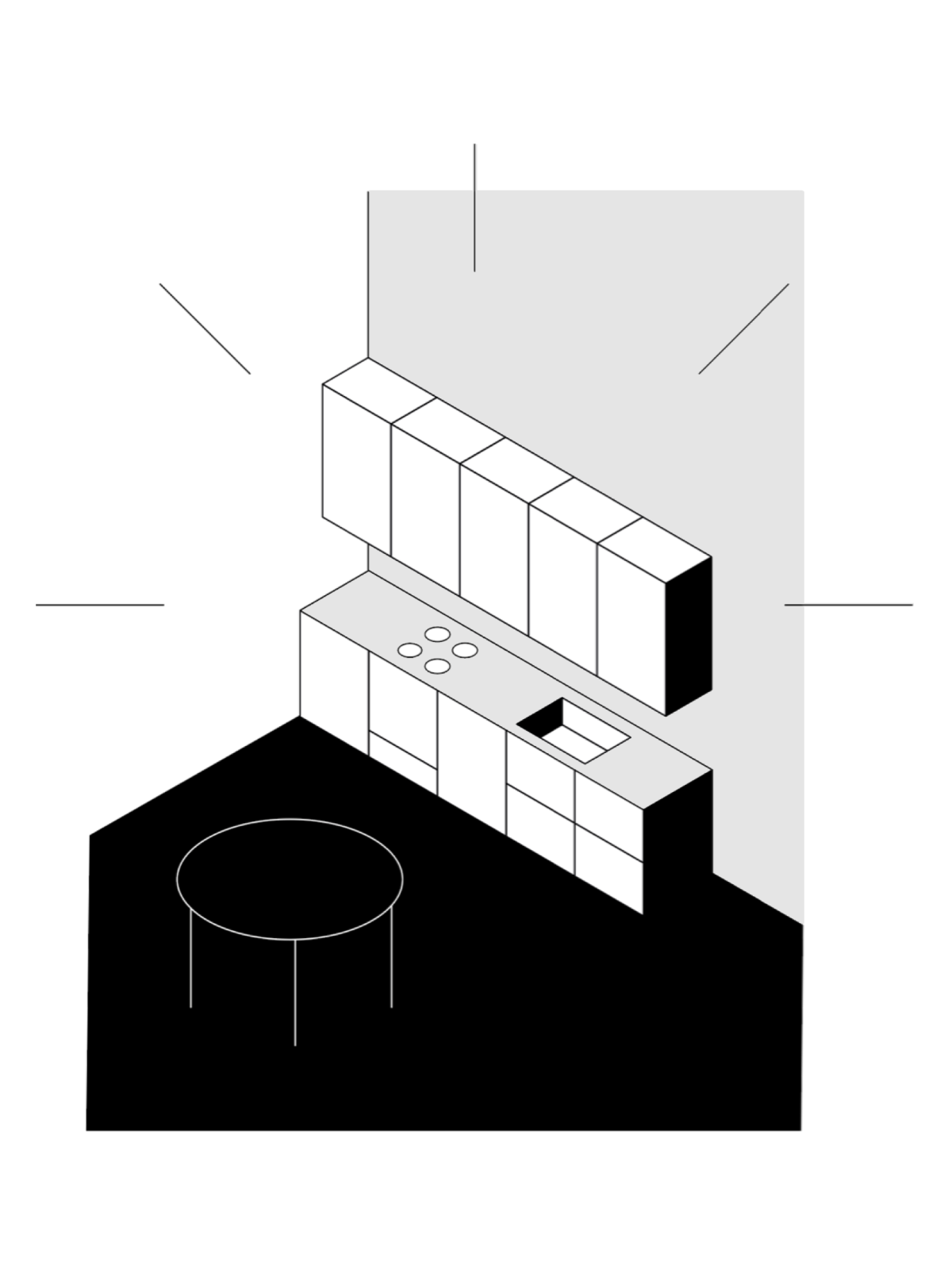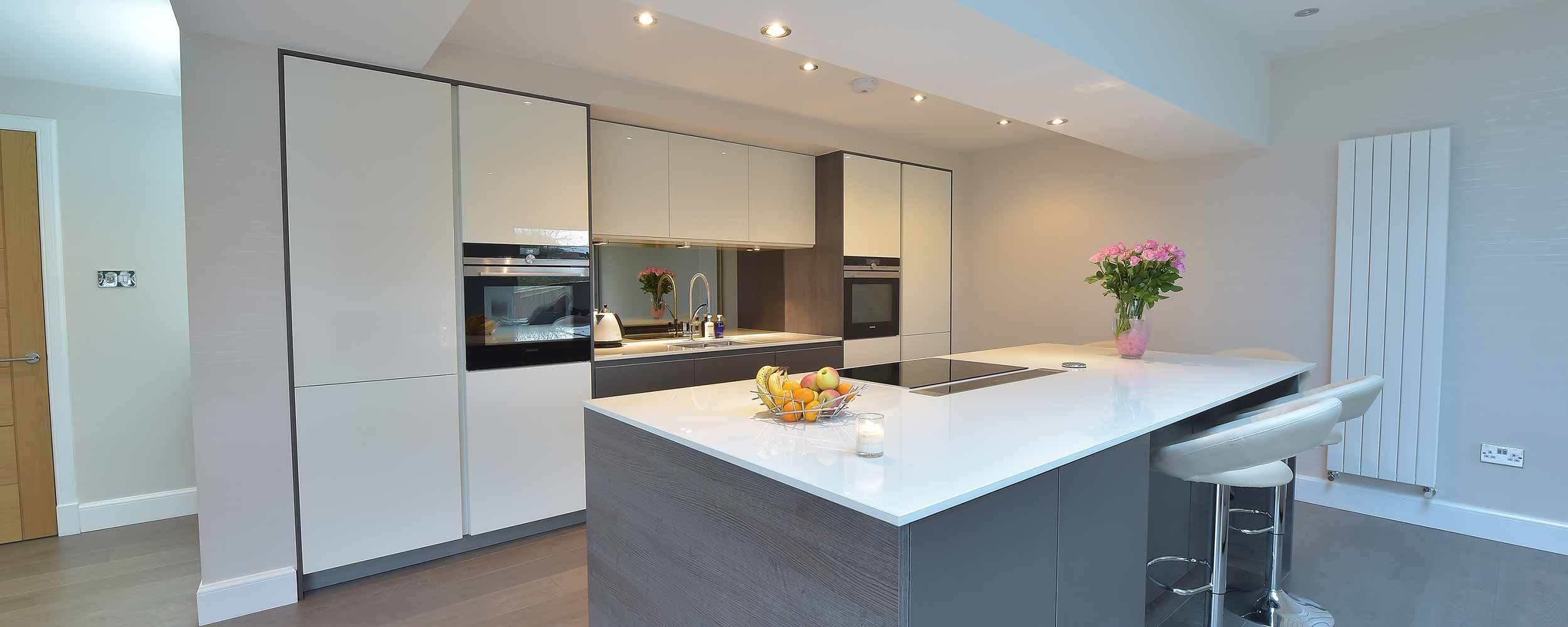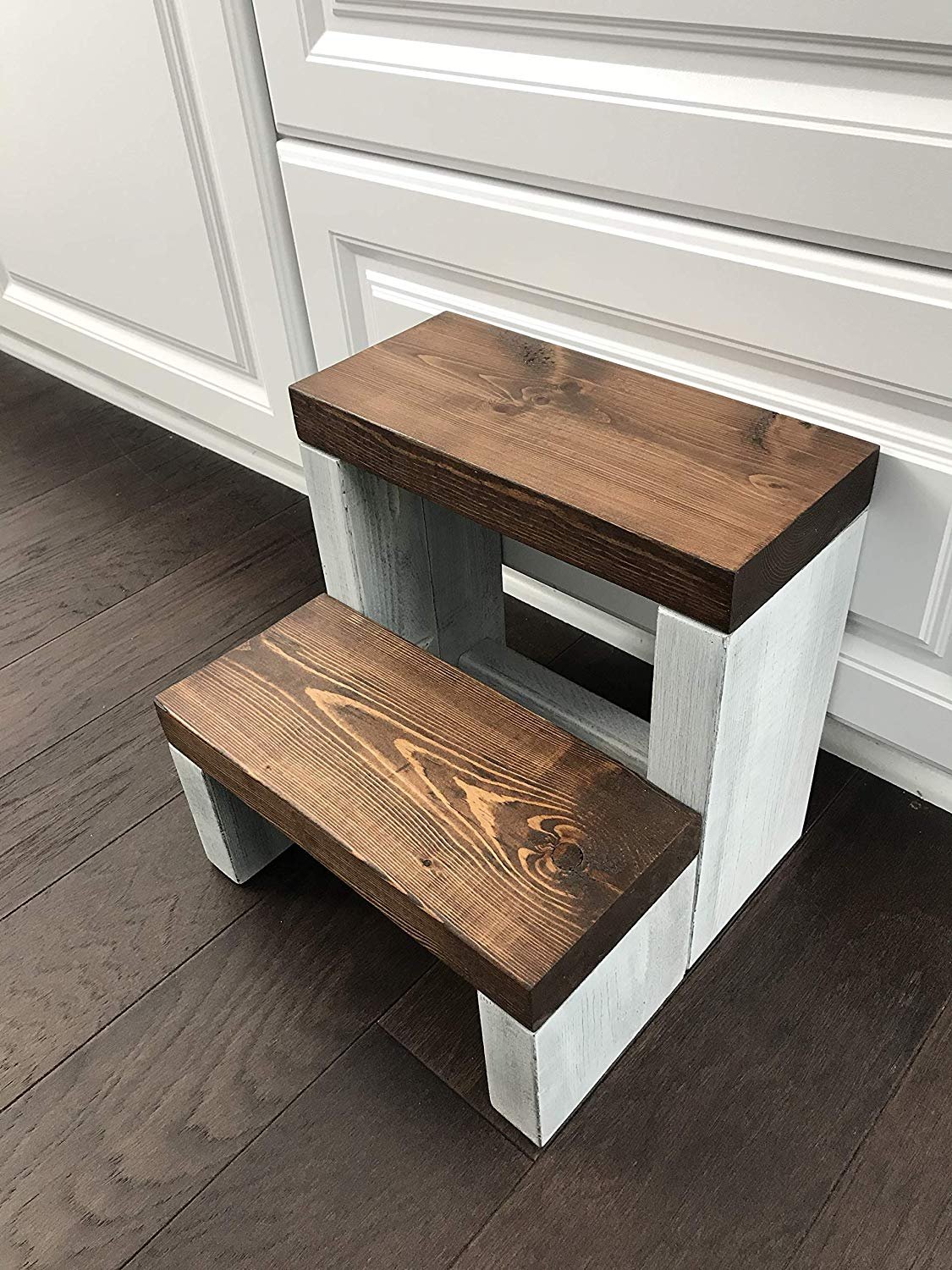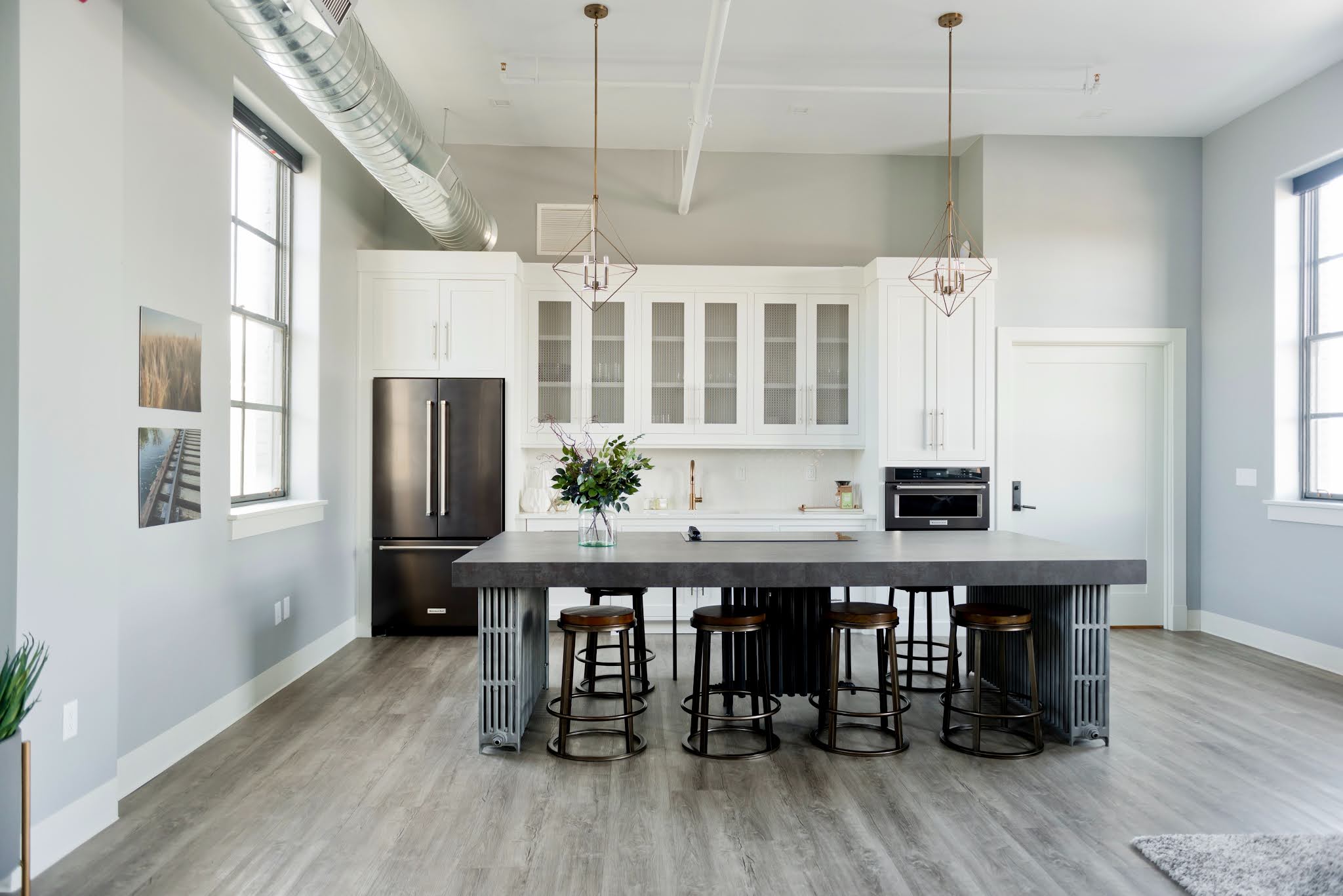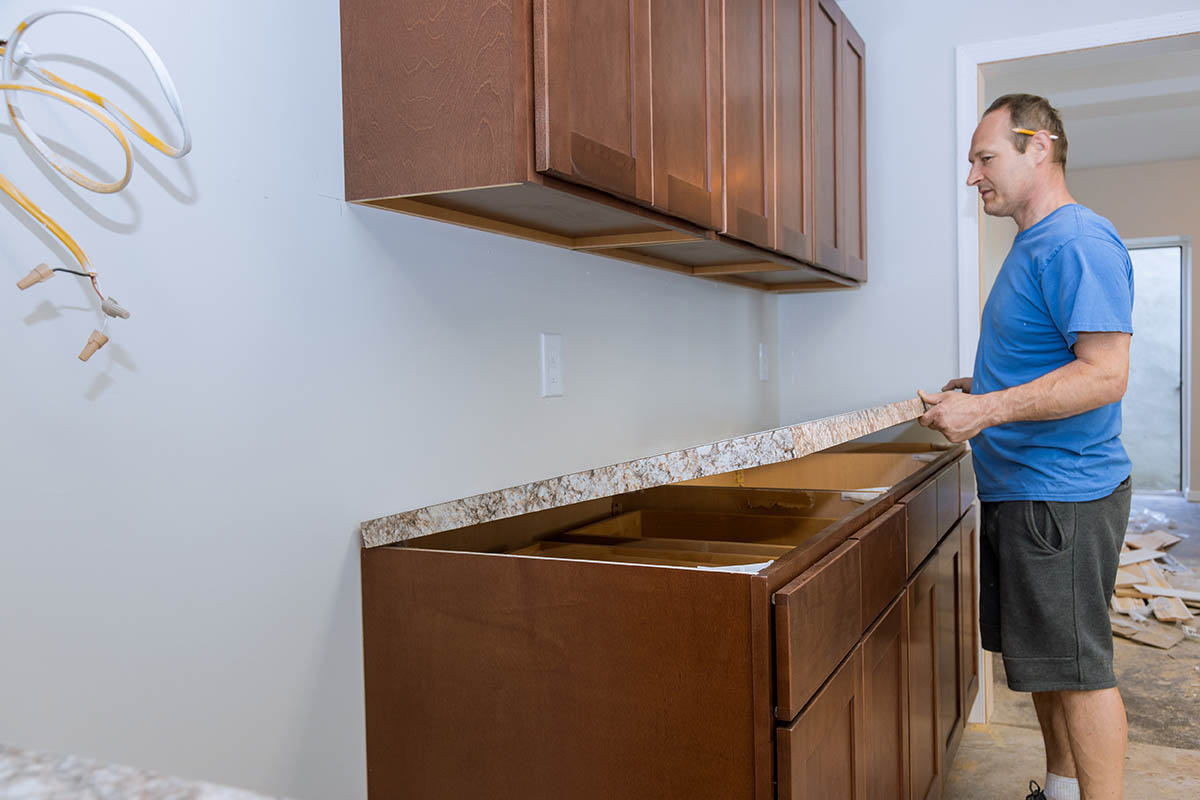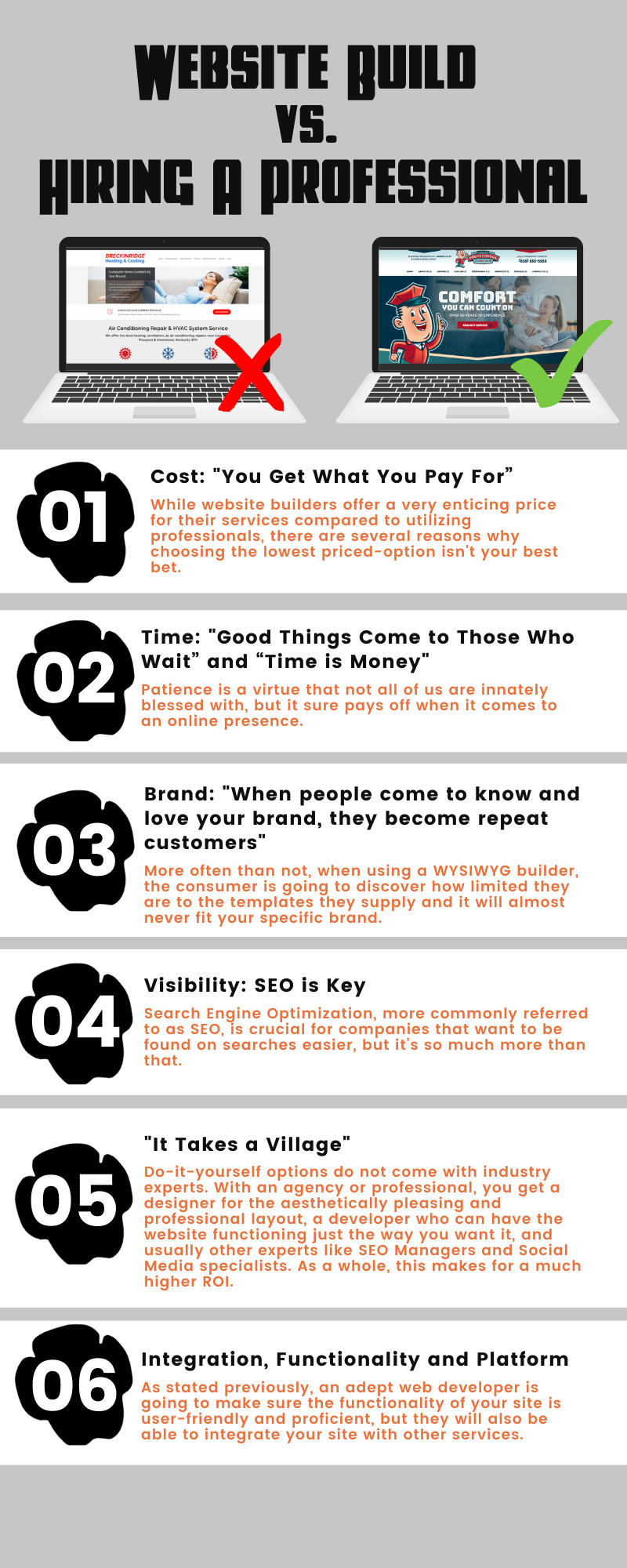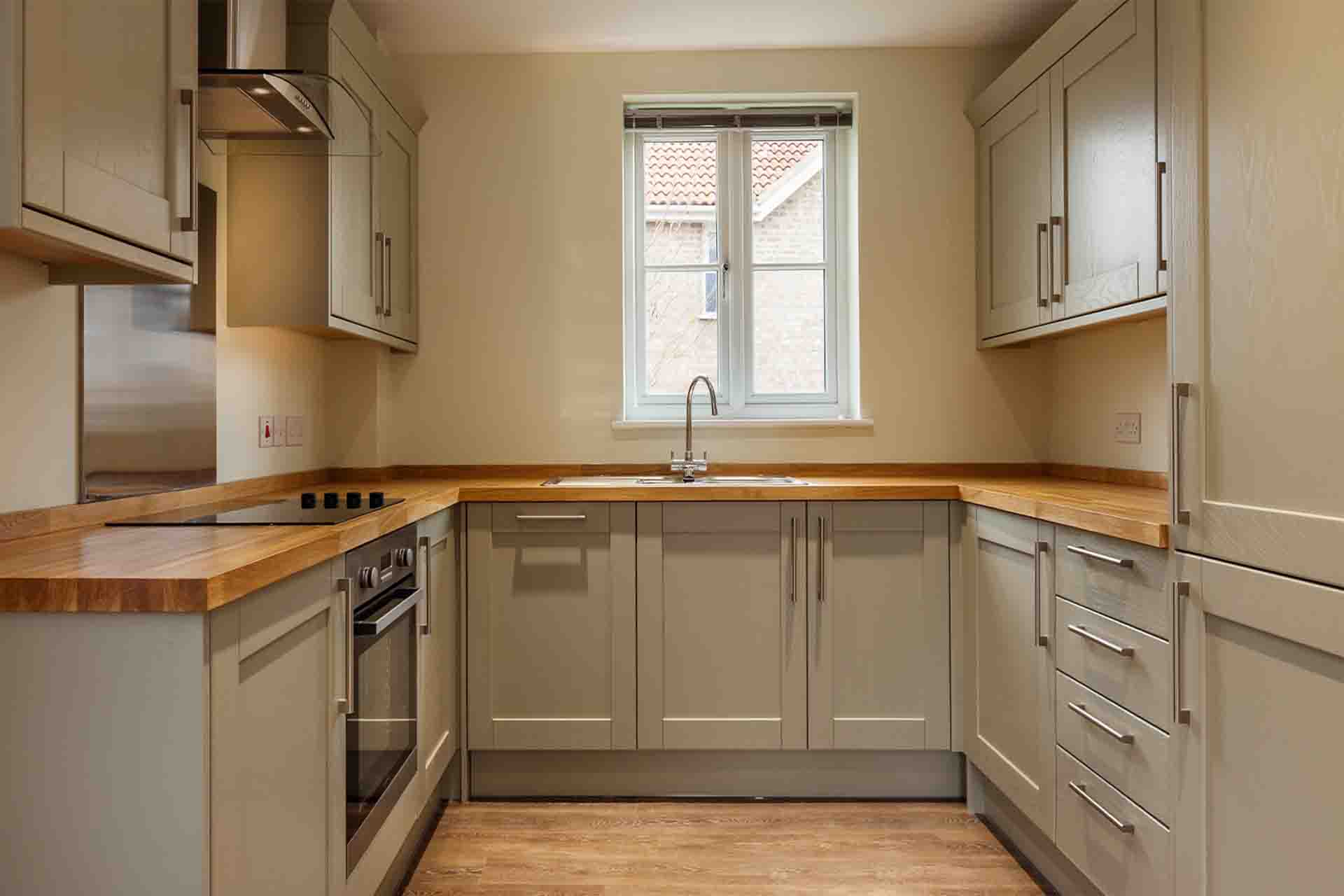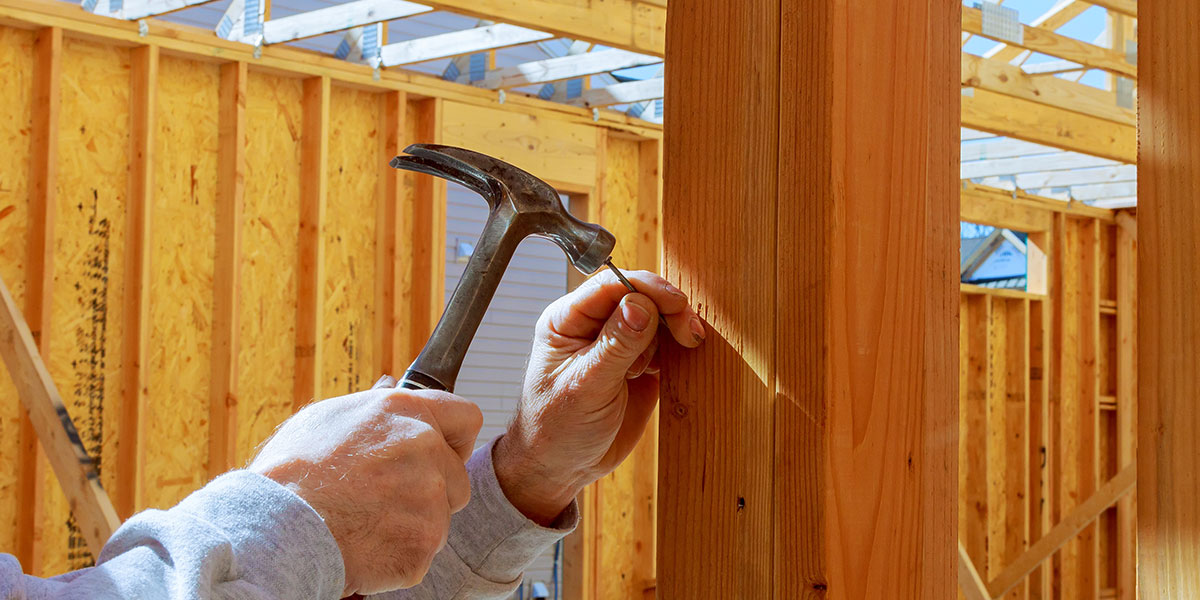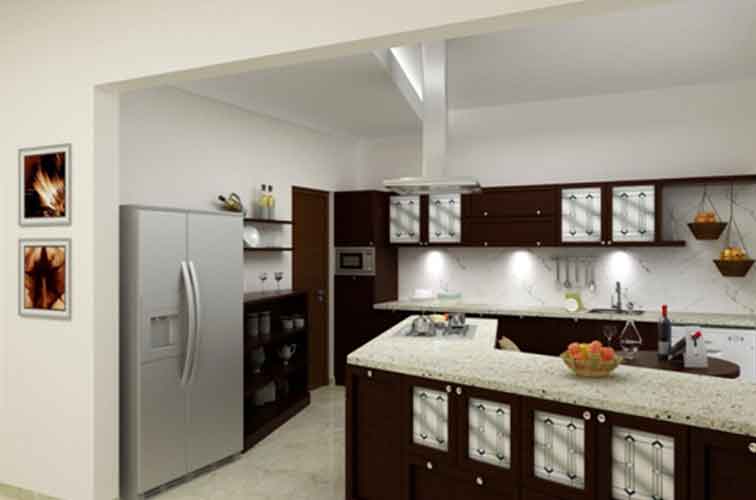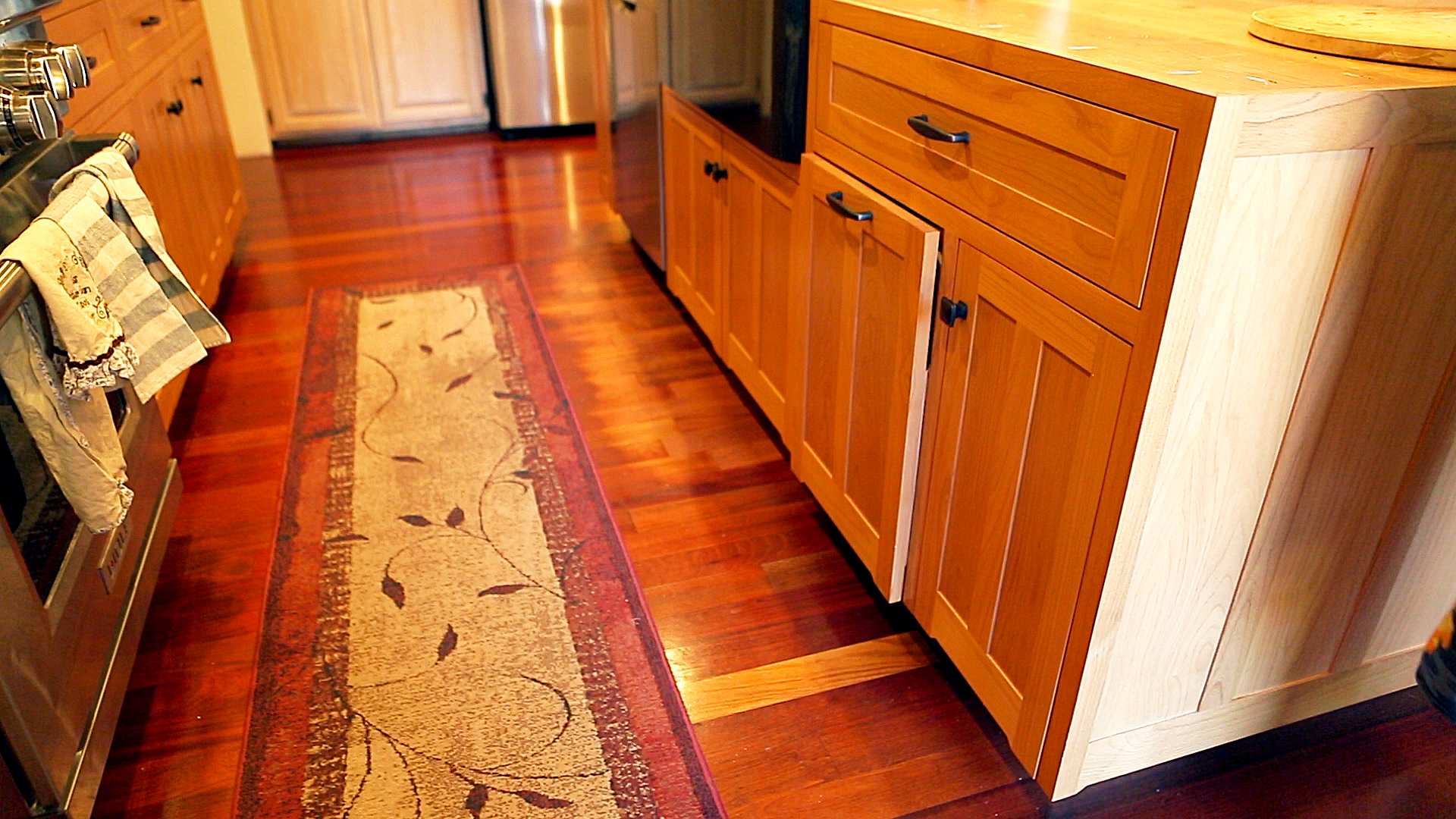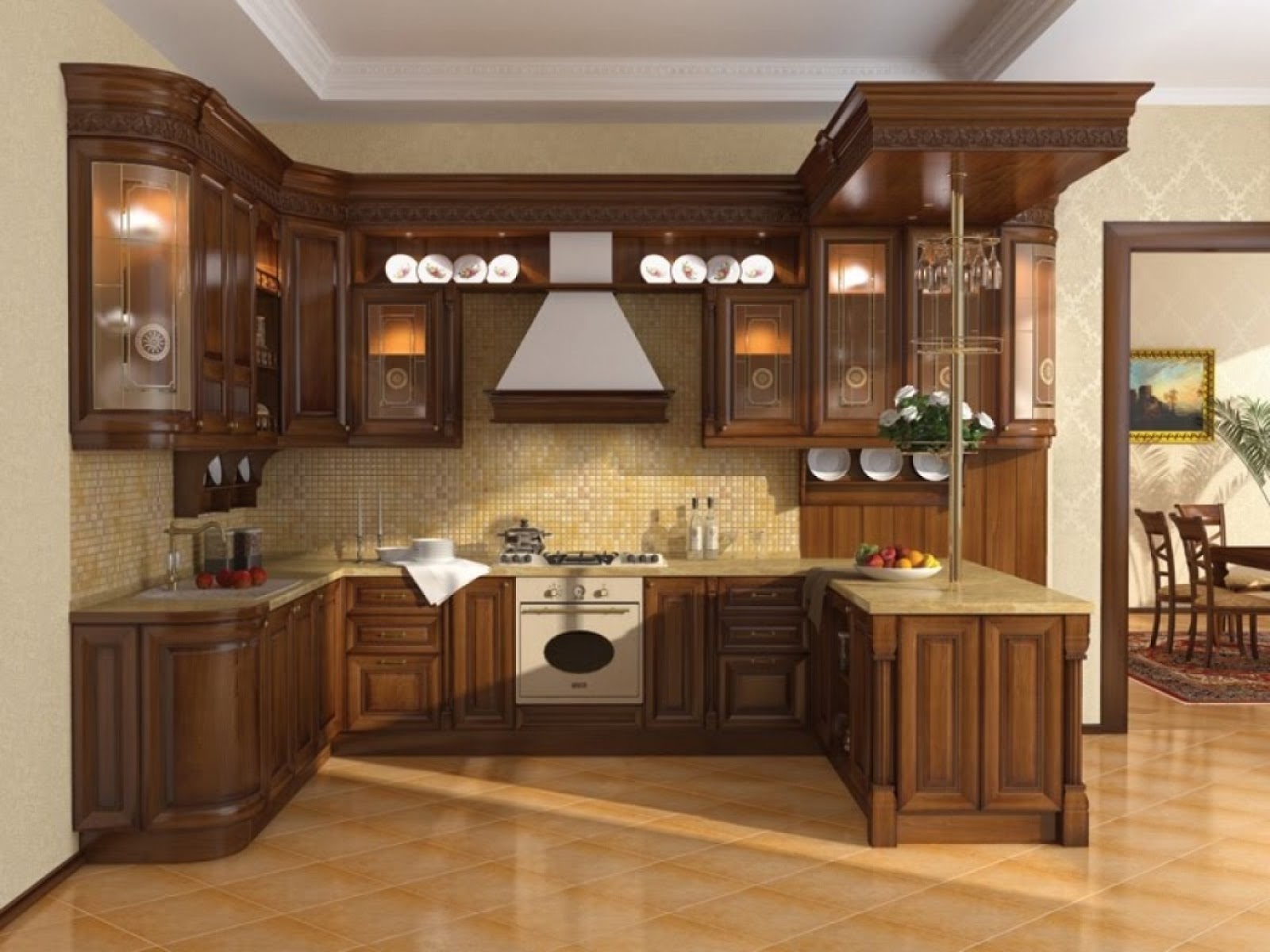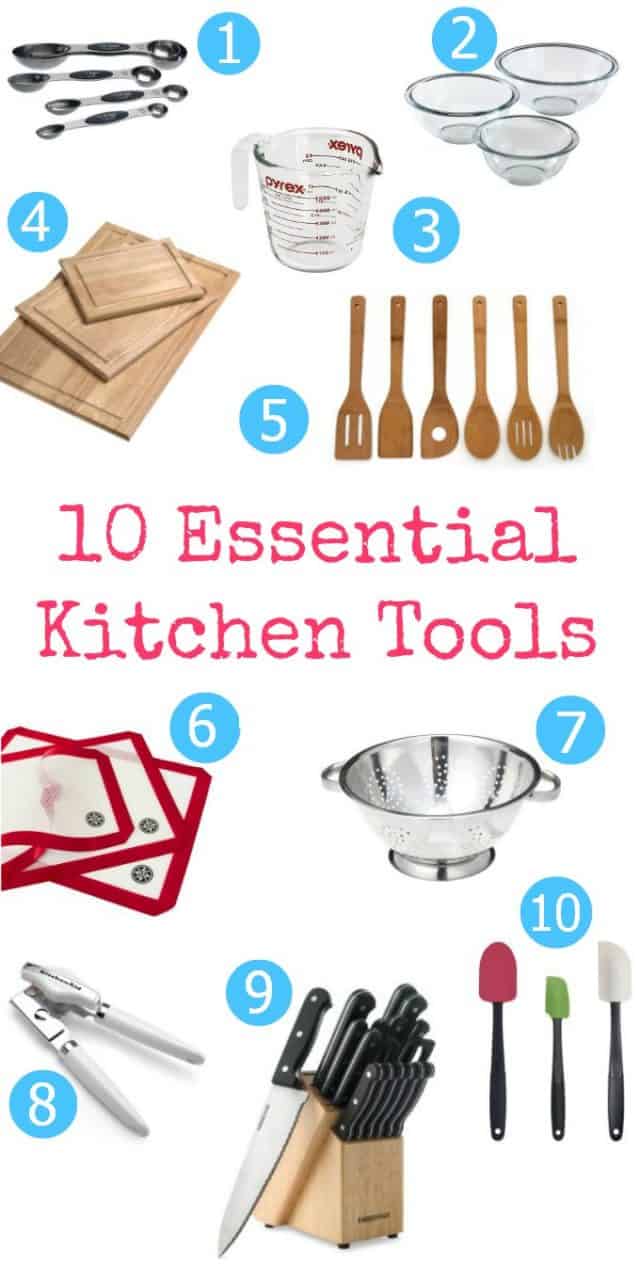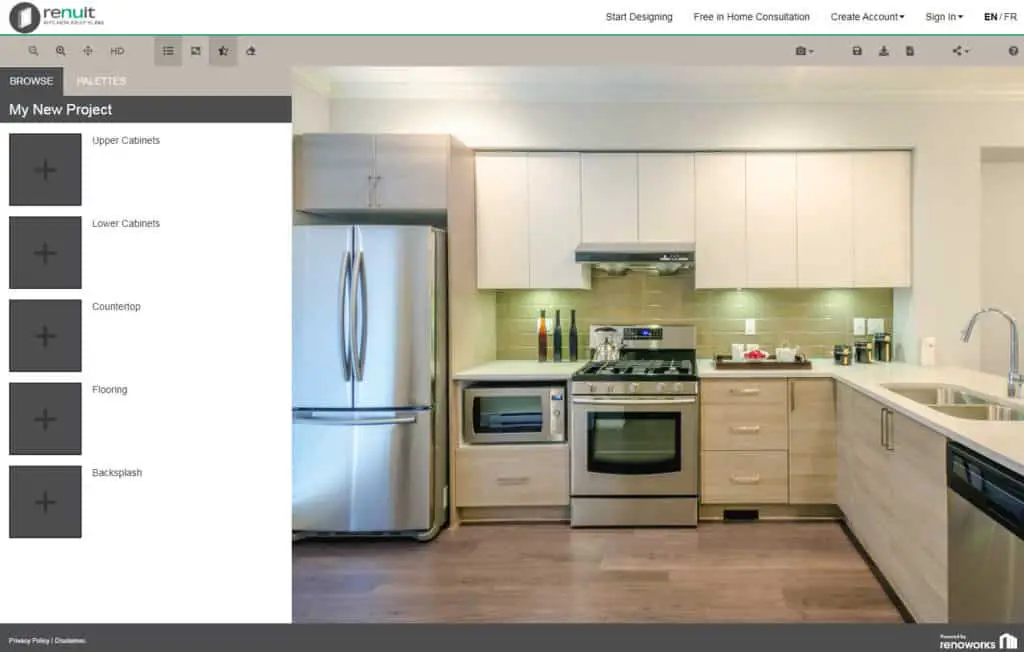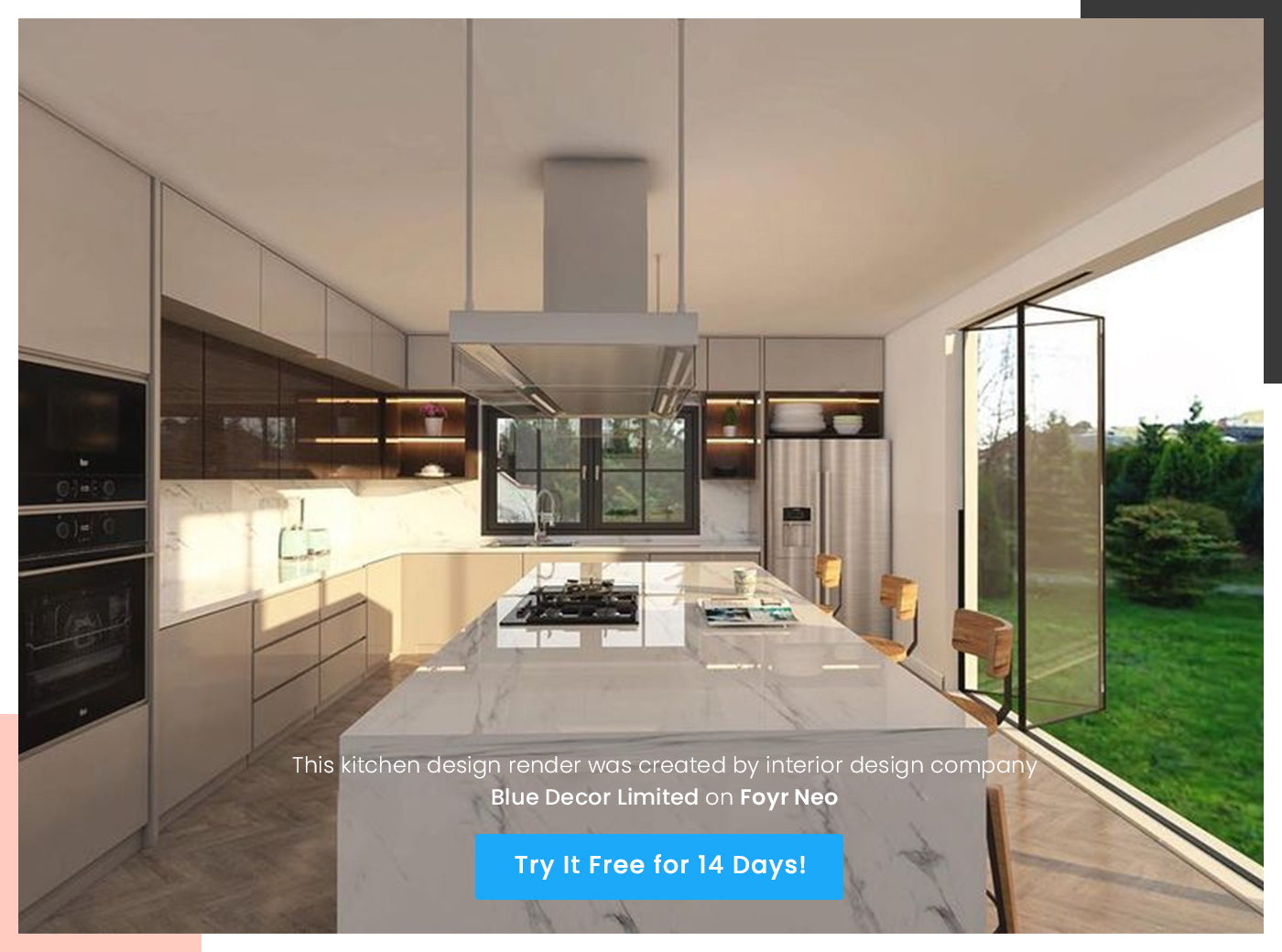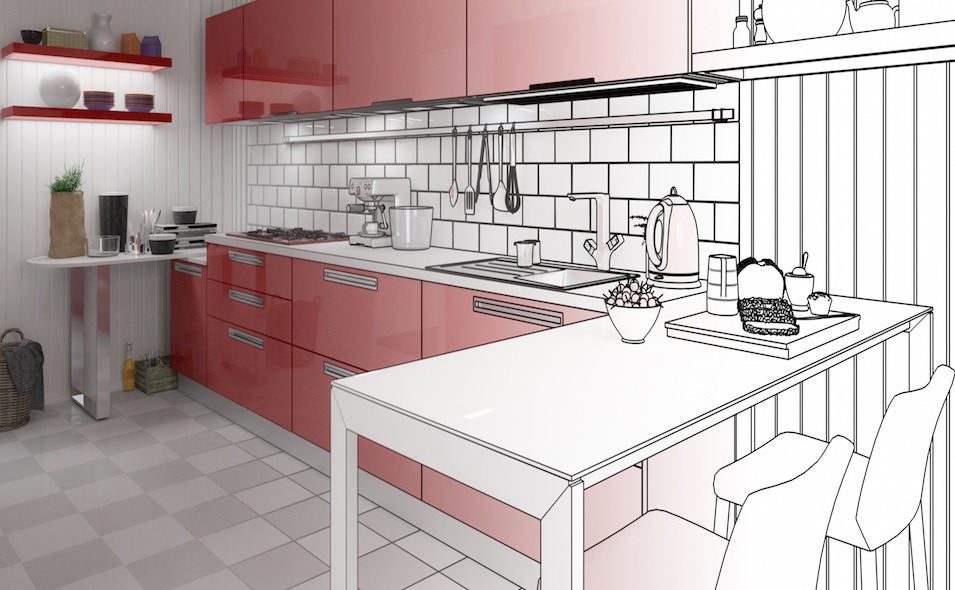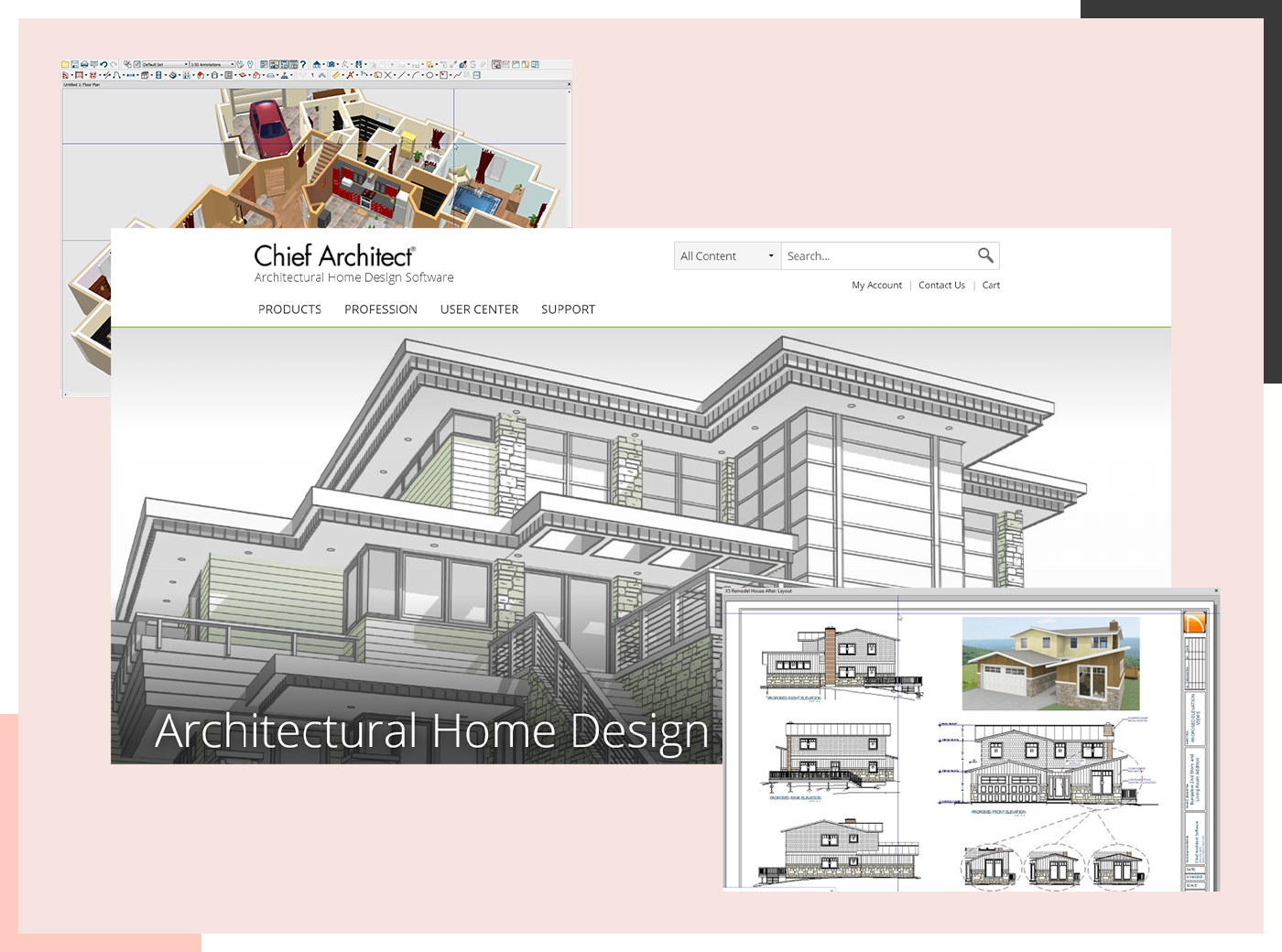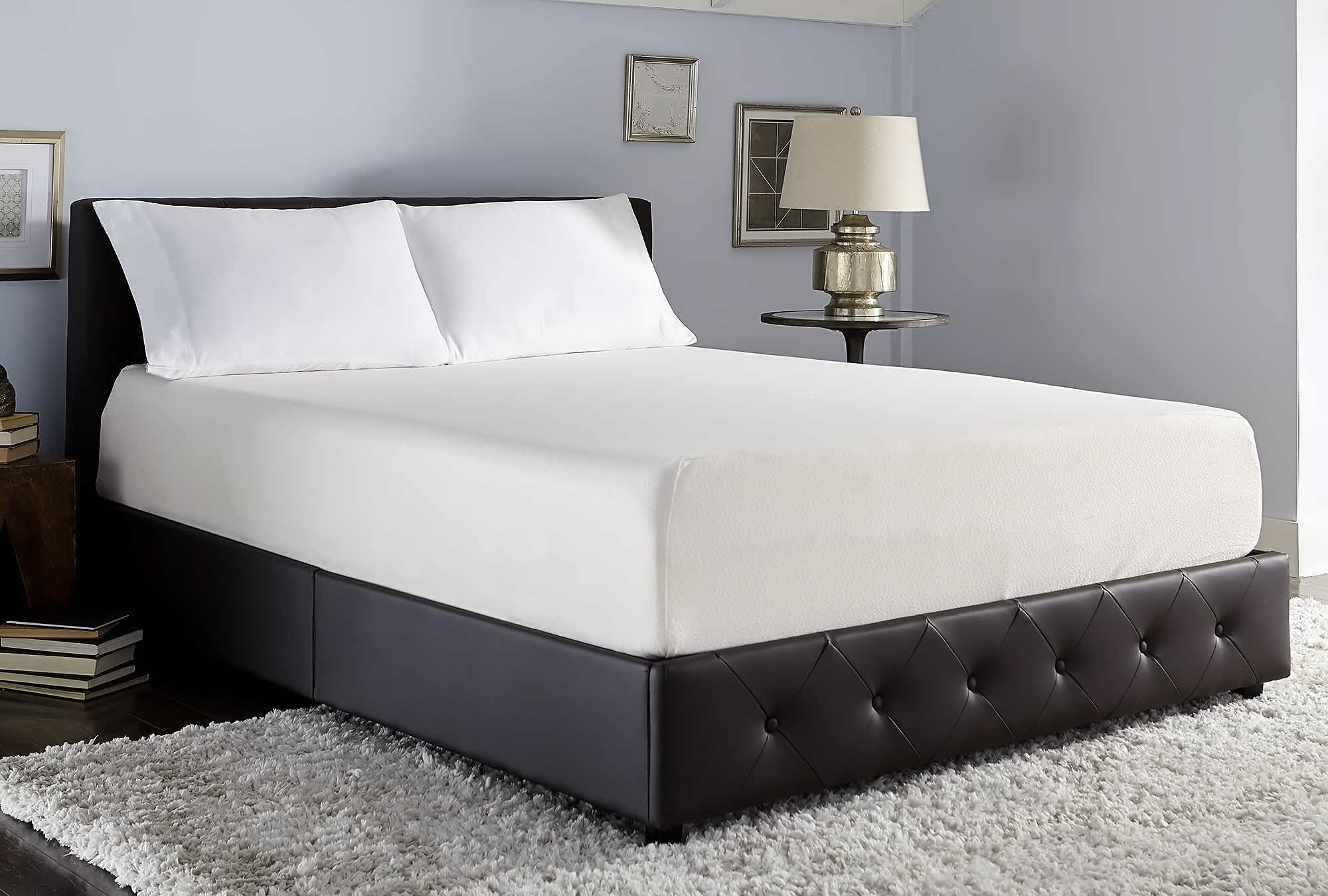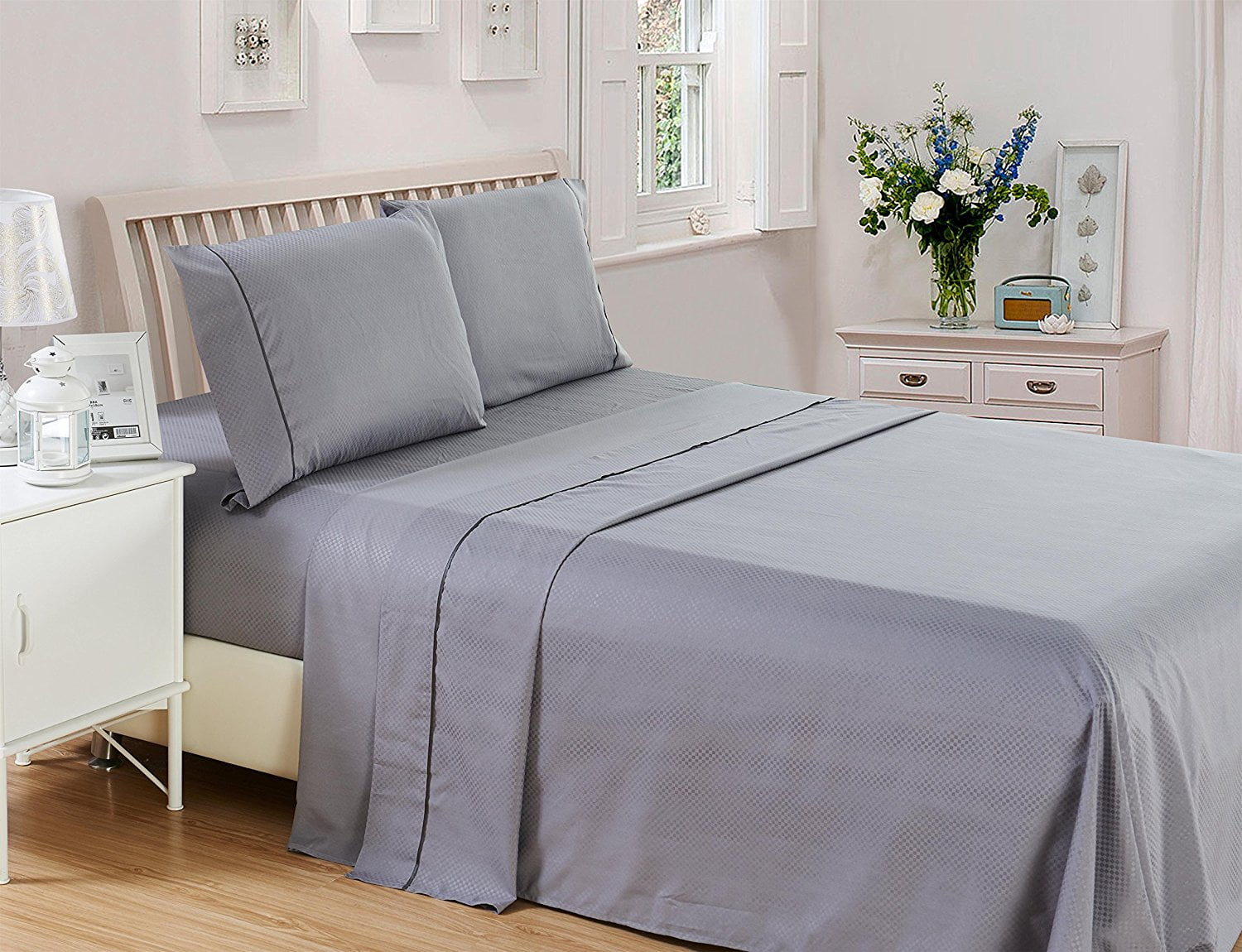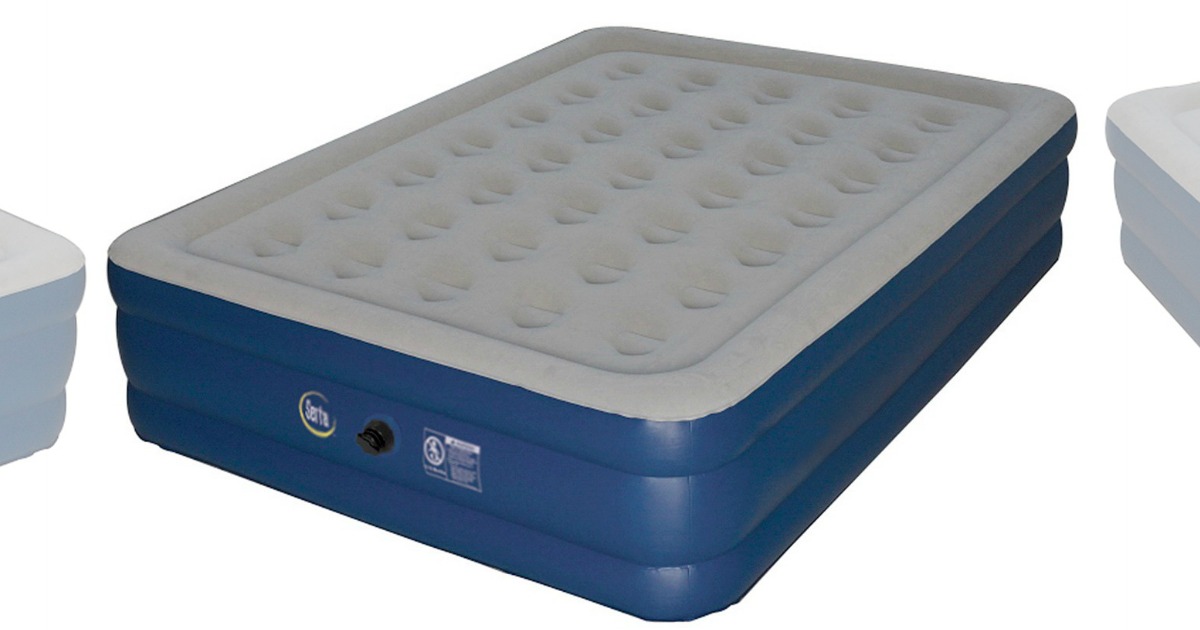If you're a DIY enthusiast, designing and fitting your own kitchen can be a rewarding and cost-effective project. However, it can also be a daunting task for those who have never tackled a project like this before. Luckily, there are plenty of design ideas and hacks that can help you create a stunning and functional kitchen on your own. One of the best places to start is by looking for inspiration. Browse through home design magazines, websites, and social media platforms to gather ideas for your dream kitchen. Make a list of features and design elements that you want to incorporate into your own space. Another important aspect of designing your own kitchen is planning. Before making any purchases or starting any renovations, you need to have a solid plan in place. Consider the layout, size, and functionality of your space, as well as your budget and timeline. Don't be afraid to get creative with your design. For example, instead of traditional cabinets, consider using open shelving or repurposing old furniture to give your kitchen a unique and personalized touch. You can also mix and match different materials and textures to add visual interest to your space. DIY kitchen projects can also be a great opportunity to upcycle and save money. Look for secondhand appliances and materials that can be refurbished or repurposed to fit your design. Not only will this be more budget-friendly, but it also adds a one-of-a-kind element to your kitchen. When it comes to fitting your kitchen, proper measurements and installation are key. Make sure to carefully measure and plan out each step of the process to avoid any mistakes or mishaps. It's also important to invest in quality tools and materials to ensure a professional-looking finish. Remember, designing and fitting your own kitchen may take some time and effort, but the end result will be worth it.1. Kitchen Design Ideas and Hacks for DIY Enthusiasts
Planning and designing your own kitchen can be a fun and exciting project, but it's important to have a clear plan in place before diving in. Here are some tips to help you get started. First, consider the layout of your kitchen. The most common layouts include U-shaped, L-shaped, and galley kitchens. Think about the size and shape of your space, as well as the flow and functionality you want to achieve. Next, think about the style and aesthetic you want for your kitchen. Do you prefer a modern, minimalist look or a cozy and rustic feel? This will help guide your design choices, from color palette to materials and finishes. When it comes to budgeting, it's important to be realistic and prioritize what's most important to you. Consider splurging on high-quality appliances or materials that will have a big impact on the overall look and function of your kitchen. Don't forget about storage! Make sure to include enough cabinets, drawers, and shelving to fit all of your kitchen essentials. You can also get creative with storage solutions, such as pull-out racks and built-in organizers. Finally, don't be afraid to seek help from professionals if needed. While it's possible to design and fit your own kitchen, it's always a good idea to consult with experts for advice and guidance along the way.2. How to Plan and Design Your Own Kitchen
A DIY kitchen renovation is a great way to save money and put your own personal touch on your space. But before you start knocking down walls and ripping out old cabinets, here are some important tips to keep in mind. First, make sure to have a clear plan and budget in place before starting any renovations. This will help you stay organized and on track throughout the entire process. Next, don't underestimate the importance of lighting in your kitchen. A well-lit space can make a big difference in both functionality and atmosphere. Consider adding task lighting under cabinets and above work areas, as well as ambient lighting for a cozy feel. When it comes to materials, consider durability and ease of maintenance. You want your kitchen to not only look good, but also withstand the wear and tear of daily use. Look for quality materials that are easy to clean and maintain. Another important aspect of a kitchen renovation is ventilation. Make sure to include proper ventilation systems for cooking and cleaning to avoid any potential issues with moisture and odors. Lastly, don't be afraid to get creative and add personal touches to your design. Whether it's a unique backsplash or a DIY island, these small details can make a big impact and add character to your kitchen.3. DIY Kitchen Renovation: Tips for Designing and Fitting Your Own Kitchen
Designing and fitting your own kitchen can be an overwhelming task, but with the right plan and tools, you can achieve your dream kitchen on your own. Here are some essential steps to follow. Start by measuring your space and creating a layout that works for you. Consider the work triangle, which includes the sink, stove, and refrigerator, and make sure there is enough space between each element for easy movement. Next, choose your materials and finishes. This includes cabinets, countertops, flooring, and backsplash. Make sure to consider both style and functionality when making your choices. If you're planning on installing new appliances, make sure to measure and plan for them as well. This will ensure a seamless fit and avoid any potential issues down the road. When it comes to fitting your kitchen, it's important to take your time and follow instructions carefully. Invest in quality tools and don't be afraid to seek help from professionals if needed. Lastly, don't forget the finishing touches. This includes hardware, lighting, and decor. These small details can tie the whole design together and make your kitchen feel complete.4. The Ultimate Guide to Designing and Fitting Your Own Kitchen
Designing and fitting your own kitchen can seem like a daunting task, but by breaking it down into smaller steps, it becomes more manageable. Here's a step-by-step guide to help you get started. Step 1: Measure and plan your space. This includes creating a layout and choosing materials and finishes. Step 2: Remove old cabinets and appliances. Make sure to dispose of them properly or consider donating them if they are still in good condition. Step 3: Install flooring and backsplash. If you're planning on adding any new electrical or plumbing, this is the time to do it. Step 4: Install cabinets and countertops. Make sure to carefully measure and level everything for a professional look. Step 5: Install appliances. This includes any built-in or freestanding appliances such as the refrigerator, stove, and dishwasher. Step 6: Add finishing touches. Install hardware, lighting, and any decorative elements to complete the look of your kitchen. Remember to take your time and don't be afraid to seek help or advice along the way.5. Designing and Fitting Your Own Kitchen: A Step-by-Step Guide
When it comes to designing and fitting your own kitchen, you may be wondering if it's better to tackle the project yourself or hire a professional. Here are some things to consider. DIY Pros:6. Kitchen Design and Fitting: DIY vs Hiring a Professional
If you're on a tight budget, designing and fitting your own kitchen may seem out of reach. However, with some creativity and smart planning, you can achieve a beautiful and functional kitchen without breaking the bank. Start by setting a realistic budget and sticking to it. Prioritize what's most important and allocate funds accordingly. For example, if you love to cook, investing in quality appliances may be more important to you than expensive countertops. Consider using secondhand or upcycled materials to save money. You can also mix and match different materials and finishes to add visual interest to your space. Don't underestimate the power of paint! A fresh coat of paint can completely transform your kitchen and is a budget-friendly way to update your space. Lastly, don't be afraid to DIY some elements of your kitchen. Whether it's painting cabinets or creating your own backsplash, these small projects can save you money and add a personal touch to your design.7. Budget-Friendly Kitchen Design and Fitting Ideas
Designing and fitting your own kitchen can be a fun and rewarding project, but it's important to avoid common mistakes that can lead to costly and time-consuming issues. Here are some things to watch out for. Not measuring properly: This is one of the most common mistakes when it comes to DIY kitchen projects. Make sure to measure multiple times and double-check before making any cuts or purchases. Forgetting about storage: It's easy to get caught up in the design and aesthetic of your kitchen, but don't forget about practicality. Make sure to include enough storage for all of your kitchen essentials. Not considering functionality: While a beautiful kitchen is important, it also needs to be functional. Make sure to consider the layout and flow of your space for optimal use. Not investing in quality materials: While it may be tempting to cut costs by using cheap materials, this can end up costing you more in the long run. Invest in quality materials that will withstand the wear and tear of daily use. Rushing the process: Designing and fitting a kitchen takes time and patience. Don't rush through any steps or skip important details to try to get the project done quickly.8. Designing and Fitting Your Own Kitchen: Common Mistakes to Avoid
One of the biggest expenses when it comes to designing and fitting a kitchen is cabinets. However, with some basic woodworking skills, you can create your own custom cabinets for a fraction of the cost. Here's how. Step 1: Measure and plan your space. Consider the size and layout of your kitchen, as well as the number of cabinets you'll need. Step 2: Choose your materials. Plywood is a popular and budget-friendly option for DIY cabinets. Step 3: Cut your pieces according to your measurements. Make sure to cut the sides, top, bottom, and back panels. Step 4: Assemble the frame using wood glue and screws. Step 5: Install the shelves and doors. Step 6: Install the cabinets in your kitchen, making sure they are level and secure. Remember to take your time and follow instructions carefully for a professional-looking finish.9. DIY Kitchen Cabinets: How to Design and Fit Them Yourself
If you're feeling overwhelmed by the design process, there are plenty of tools and software available to help you create your dream kitchen. Here are some options to consider. 1. Home design software: These programs allow you to create a 3D model of your kitchen and experiment with different layouts and designs. 2. Cabinet design software: If you're planning on building your own cabinets, there are software options specifically designed for cabinet design and planning. 3. Online design tools: Many home improvement stores and kitchen cabinet companies offer online design tools that allow you to create a virtual model of your kitchen and experiment with different options. Using these tools can help you visualize your design and make informed decisions before starting your project.10. Kitchen Design Software: Tools for Designing and Fitting Your Own Kitchen
Finding Inspiration for Your Kitchen Design

Exploring Different Styles
 When it comes to designing and fitting your own kitchen, the options can seem endless. With so many different styles and trends to choose from, it can be overwhelming to know where to start. However, the key to creating a kitchen that you'll love for years to come is to find inspiration from a variety of sources.
Start by browsing home design magazines and websites for ideas. Look for kitchens that catch your eye and take note of the elements that stand out to you. Is it the color scheme, the layout, or the materials used? Consider creating a mood board or Pinterest board to organize your ideas and help you visualize your dream kitchen.
When it comes to designing and fitting your own kitchen, the options can seem endless. With so many different styles and trends to choose from, it can be overwhelming to know where to start. However, the key to creating a kitchen that you'll love for years to come is to find inspiration from a variety of sources.
Start by browsing home design magazines and websites for ideas. Look for kitchens that catch your eye and take note of the elements that stand out to you. Is it the color scheme, the layout, or the materials used? Consider creating a mood board or Pinterest board to organize your ideas and help you visualize your dream kitchen.
Considering Your Lifestyle
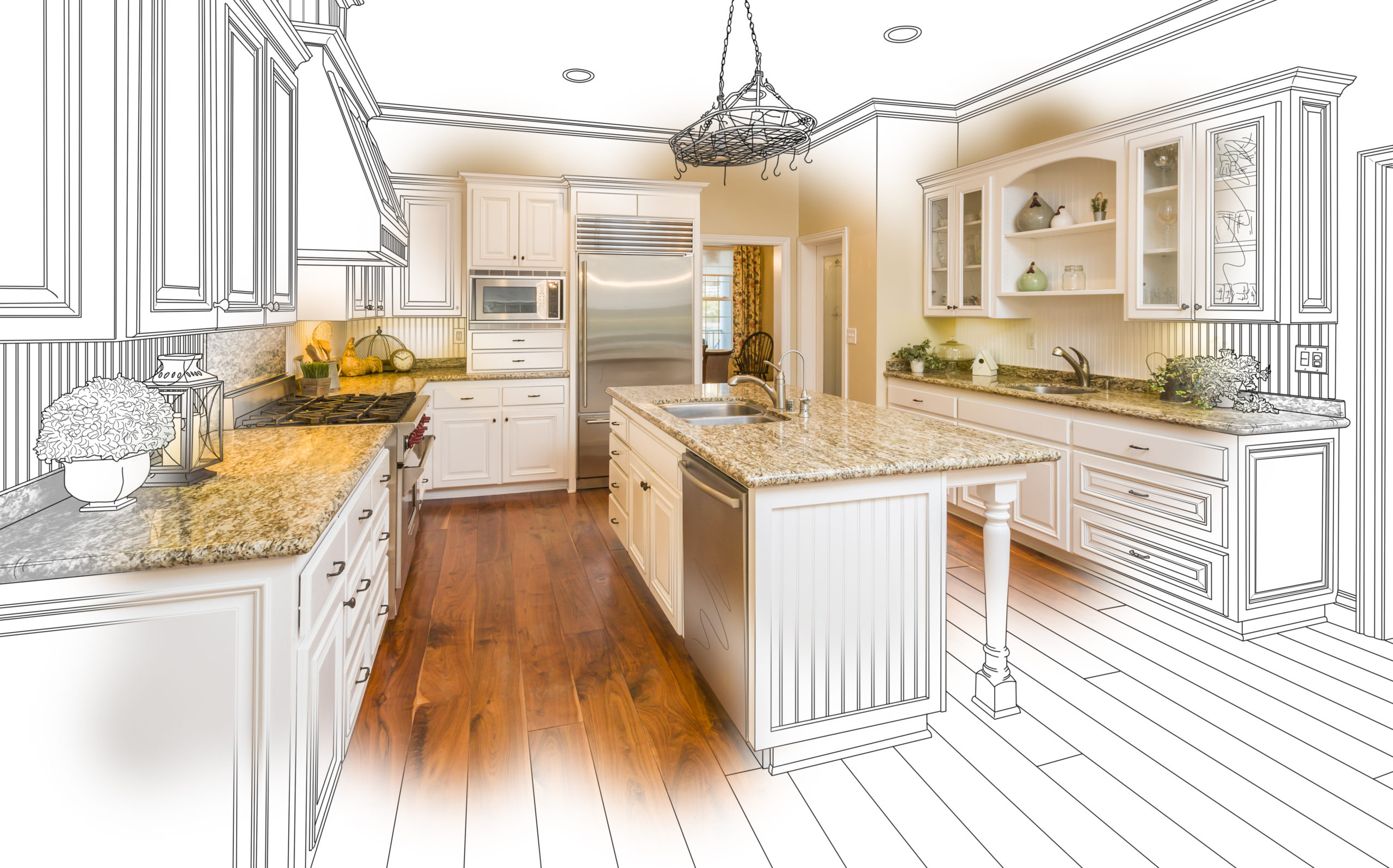 In addition to aesthetics, it's important to also consider your lifestyle when designing your kitchen. Are you an avid cook who needs plenty of counter space and storage for kitchen gadgets? Or do you prefer a clutter-free, minimalist design? Think about how you use your kitchen on a daily basis and design accordingly.
keywords: kitchen design, inspiration, styles, trends, home design, color scheme, layout, materials, mood board, Pinterest, lifestyle, aesthetics, counter space, storage, kitchen gadgets, clutter-free, minimalist
In addition to aesthetics, it's important to also consider your lifestyle when designing your kitchen. Are you an avid cook who needs plenty of counter space and storage for kitchen gadgets? Or do you prefer a clutter-free, minimalist design? Think about how you use your kitchen on a daily basis and design accordingly.
keywords: kitchen design, inspiration, styles, trends, home design, color scheme, layout, materials, mood board, Pinterest, lifestyle, aesthetics, counter space, storage, kitchen gadgets, clutter-free, minimalist
Seeking Professional Advice
 While it can be tempting to tackle the design and fitting of your kitchen on your own, it's always a good idea to seek professional advice. An experienced interior designer or kitchen specialist can offer valuable insight and help bring your vision to life. They can also provide guidance on practical aspects such as budget and functionality.
keywords: professional advice, interior designer, kitchen specialist, valuable insight, vision, budget, functionality
While it can be tempting to tackle the design and fitting of your kitchen on your own, it's always a good idea to seek professional advice. An experienced interior designer or kitchen specialist can offer valuable insight and help bring your vision to life. They can also provide guidance on practical aspects such as budget and functionality.
keywords: professional advice, interior designer, kitchen specialist, valuable insight, vision, budget, functionality
Customizing Your Design
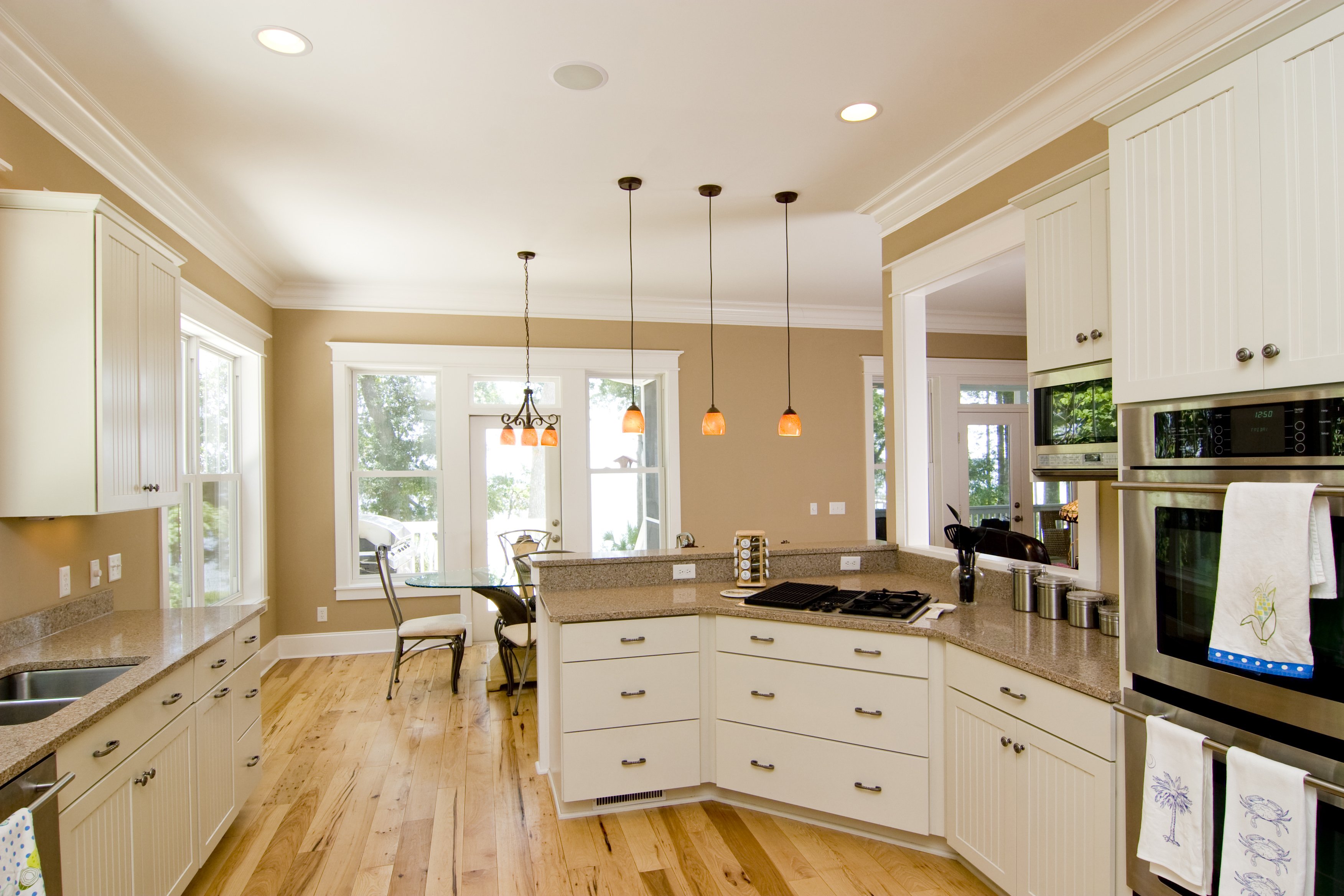 One of the benefits of designing and fitting your own kitchen is the ability to customize it to your unique preferences. This can include incorporating special features such as a built-in wine rack or a hidden spice rack. Don't be afraid to think outside the box and add personal touches that make your kitchen truly one-of-a-kind.
keywords: customize, unique, special features, built-in wine rack, hidden spice rack, personal touches, one-of-a-kind
One of the benefits of designing and fitting your own kitchen is the ability to customize it to your unique preferences. This can include incorporating special features such as a built-in wine rack or a hidden spice rack. Don't be afraid to think outside the box and add personal touches that make your kitchen truly one-of-a-kind.
keywords: customize, unique, special features, built-in wine rack, hidden spice rack, personal touches, one-of-a-kind
In conclusion, designing and fitting your own kitchen is an exciting and rewarding process. By finding inspiration, considering your lifestyle, seeking professional advice, and customizing your design, you can create a kitchen that reflects your personal style and meets your practical needs. So start brainstorming and let your creativity flow!






